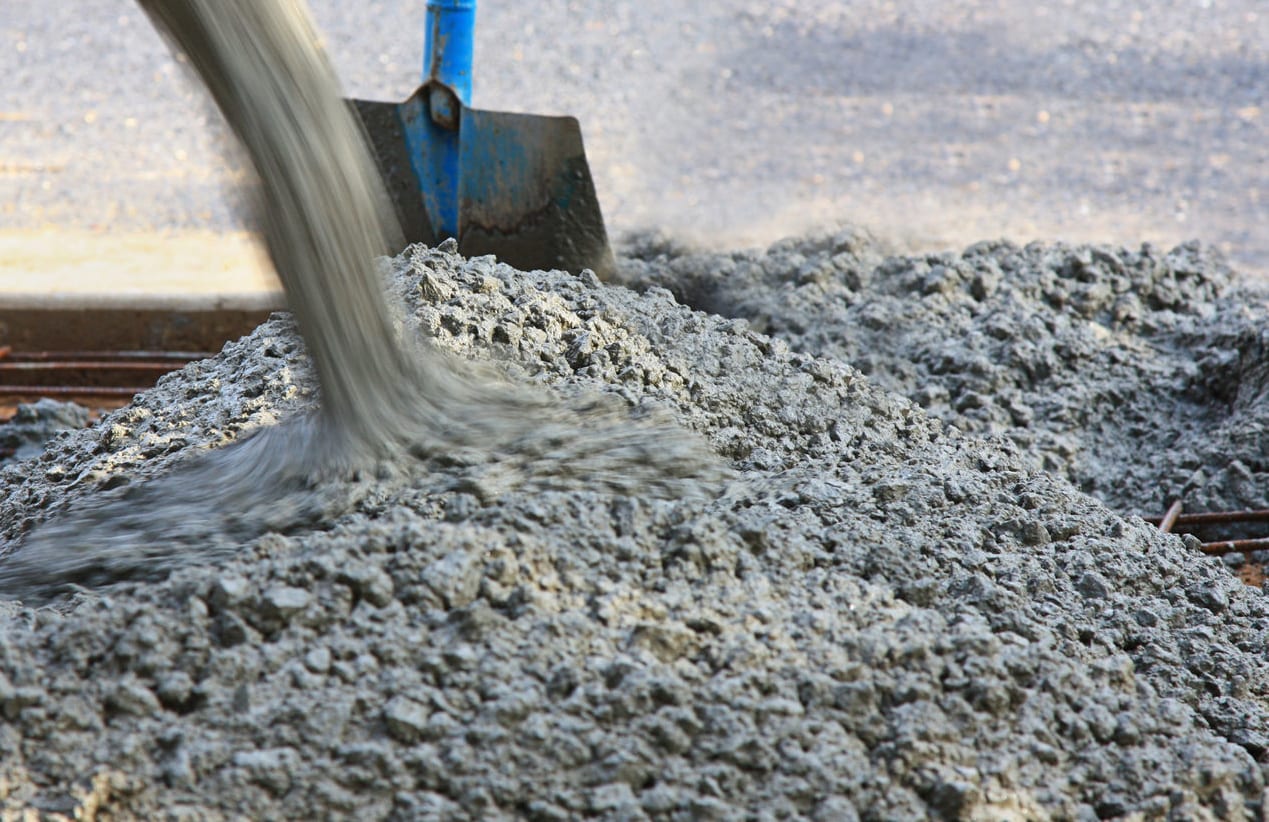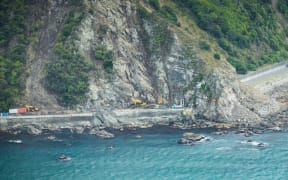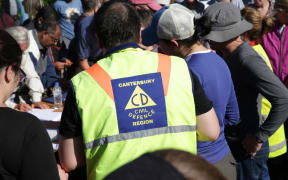Structural engineers still partly in the dark about how earthquakes damage high-rises are pushing for greater caution over a common type of flooring.

Photo: 123RF
Cracks in hollowcore concrete floors were the leading cause of serious damage to Wellington's multistoreys in the Kaikōura earthquake, but researchers are struggling to figure out why and what to do about it.
A significant number of structural engineers want the industry to tell designers to take a precautionary approach to such floors, according to insiders.
Hollowcore floors comprise concrete floor slabs of up to 40 centimetres thick which have a network of voids in them to make them lighter.
"There are growing concerns out there," John Hare, the chief executive of leading consultant engineers Holmes Group said.
"From the engineer's perspective it's just a matter of not necessarily panicking about buildings which are already out there, but just saying that in the interim we should be a little circumspect about what sorts of buildings we're putting up."
The precast floor research group set up by the government after Kaikōura is eight months into trying to understand why the floors - mostly in 1980s-era flexible buildings - suffered so much damage, and how to assess the residual strength of these damaged buildings.
Until that work is done, any solutions will be stopgap measures only. Interim advice is due out early next year.
"Many engineers will be looking at it at the moment and saying that we're not building a whole lot of flexible concrete buildings that may move quite a lot in earthquakes," said Mr Hare.
"There are not very many of them going up at the moment."
Those that were were mostly in Auckland, where quake risks were lower. "Most buildings are using different forms of structure."
The Structural Engineering Society's annual conference was told a range of permanent retrofits for the country's many hundreds of existing buildings with hollowcore floors is at least two years away.
Rod Fulford, of the concrete industry group Precast New Zealand, said any problems with hollowcore had already been addressed by changes to concrete design standard NZS3101 in the Building Code.
"The Code Committee feels that the buildings incorporating these latest requirements will safely withstand design-level earthquakes with no concerns about the performance of hollowcore floors."
Mr Hare pointed out that these latest changes covered issues raised by research into the 2011 Christchurch quake, and not the latest Kaikōura quake.
Mr Fulford said people should not worry while the tough task of finding solutions for damaged buildings carried on.
"Although there might be concerns about the damage to these floors, none of them have ever collapsed, even when subjected to deformations and accelerations in forces way in excess of what they were designed for," Mr Fulford said.
Ken Elwood, director of Quakecore, who is leading the precast floor research, said the focus for fixing buildings' floors should be on those constructed before 2005.
Better rules about precast hollowcore concrete floors were introduced in 2006 to improve how the floor sits on the wall.
Professor Elwood said those changes meant lives were not at risk from the floors any more, though the floors remained vulnerable to being badly damaged in a big quake.
And it still left the buildings themselves vulnerable to significant damage.
"Identifying this damage and repairing it is problematic,"he said.
In Wellington, many hollowcore buildings had already had their floors retrofitted since the 2011 quake, and Professor Elwood said other methods of strengthening them could be implemented once assessment guidelines were released early next year.
He said following the Kaikōura quake, any building with unstrengthened precast floors was likely to get a low seismic rating, governed by those floors.
Auckland University engineering lecturer Rick Henry said hollowcore units did not tolerate deformations well and were highly susceptible to damage during earthquakes.
He said even using the latest techniques, they might not be feasible or economic to repair.
Read the Wellington Targeted Assessment Programme report here and MBIE information here.






